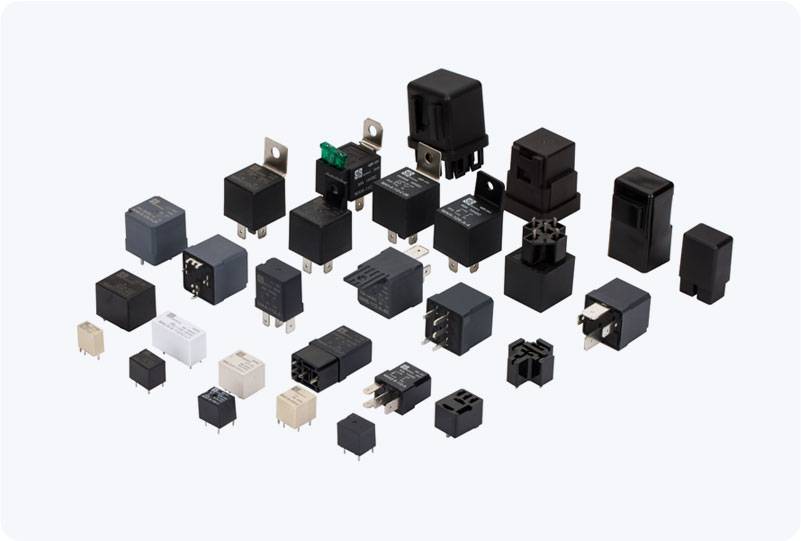Safety Isolated Relay is a critical component in modern industrial control systems, providing essential protection and secure communication between various electrical circuits. These relays are designed to ensure that sensitive components and circuits are shielded from potential faults or disturbances, contributing to the overall safety of electrical systems in various industries, such as manufacturing, automation, and energy distribution. In this article, we will explore what Safety Isolated Relays are, how they work, their applications, and why they are vital in ensuring safe operations in electrical systems.

What is a Safety Isolated Relay? A Safety Isolated Relay, also known as an isolation relay, is an electrical device that ensures electrical isolation between different parts of a circuit. Its primary function is to separate a low-voltage control circuit from a high-voltage power circuit, protecting sensitive components and operators from electrical hazards. This isolation is achieved through physical and electrical means, preventing the transfer of voltage spikes, surges, or fault conditions from one circuit to another. In simple terms, these relays act as a bridge that safely disconnects the control side of a system from the power side, ensuring that if a fault occurs on one side, it doesn’t propagate to the other side. Safety Isolated Relays are commonly equipped with built-in features such as overvoltage protection, surge protection, and fault detection to enhance the system’s safety and reliability.